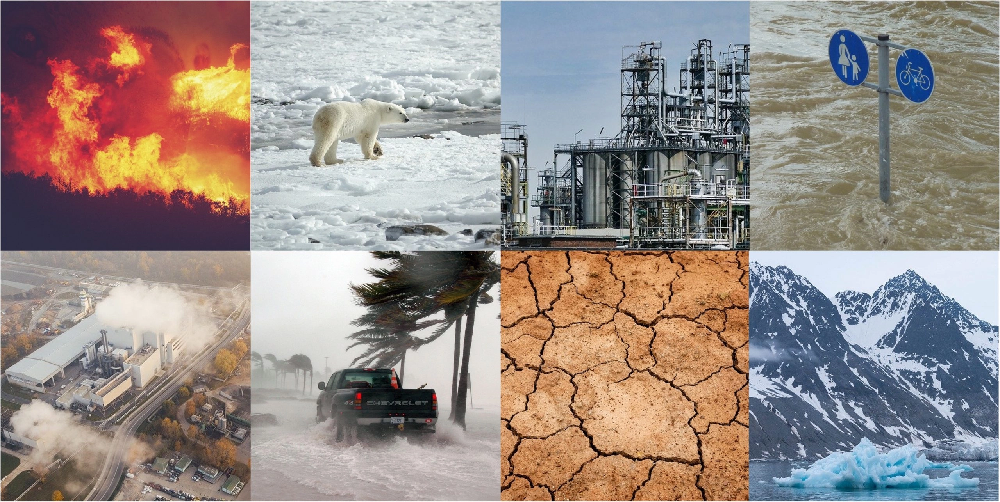In Short : China has expanded its climate change surveillance efforts to the Himalayan peak, indicating growing environmental concerns in the region. This move reflects the country’s commitment to monitoring climate impacts in ecologically sensitive areas. By expanding surveillance to the Himalayas, China aims to assess climate-related changes, preserve fragile ecosystems, and contribute valuable data to global climate research. This initiative underscores the importance of international collaboration and proactive measures to address climate change’s far-reaching effects.
In Detail : BEIJING : China has set up weather stations on Cho Oyu, the sixth highest mountain in the world on Tibet’s border with Nepal, expanding a series of high-altitude meteorological gauges in the Himalayas to monitor the impact of climate change on Asia’s “water tower”.
Scientists are increasingly watching how climate change is impacting the environmentally fragile Himalayas, home to the planet’s tallest peaks and the source of water for rivers that hundreds of millions of people depend on.
Since the end of September, a Chinese team has set up five automatic weather stations on Cho Oyu, at altitudes from 4,950 metres to its summit at 8,201 metres, the official Xinhua news agency reported on Friday.
Snow and ice samples at the summit had been collected for the first time, Xinhua reported.
Initial research showed that the ice layer on Cho Oyu was the thickest among peaks above 8,000 metres, with a thickness of more than 70 metres being seen, Xinhua reported.
The weather stations on Cho Oyu, which means “Turquoise Goddess” in Tibetan, expand a Chinese meteorological network in the Himalayas that includes monitoring of the 8,848-metre Everest, also on the border with Nepal, and the 8,013-metre Shishapangma in Tibet.
Monitoring the effects of global warming has taken on urgency after one of the warmest summers in the northern hemisphere this year. Mont Blanc, Western Europe’s highest peak, has lost more than two metres in height over two years because of its shrinking snowpack, researchers said on Thursday.
Torrential rain in India’s northeastern Sikkim state burst the banks of a glacial lake and triggered flash floods this week, killing at least 40 people in the latest example of extreme weather events in the mountain range that scientists have blamed on climate change.
High-altitude surveillance was imperative to avoid disasters such as floods and ice avalanches as glaciers melt, Xinhua reported, citing Yang Wei, a researcher at the Institute of Tibetan Plateau Research of Chinese Academy of Sciences.

